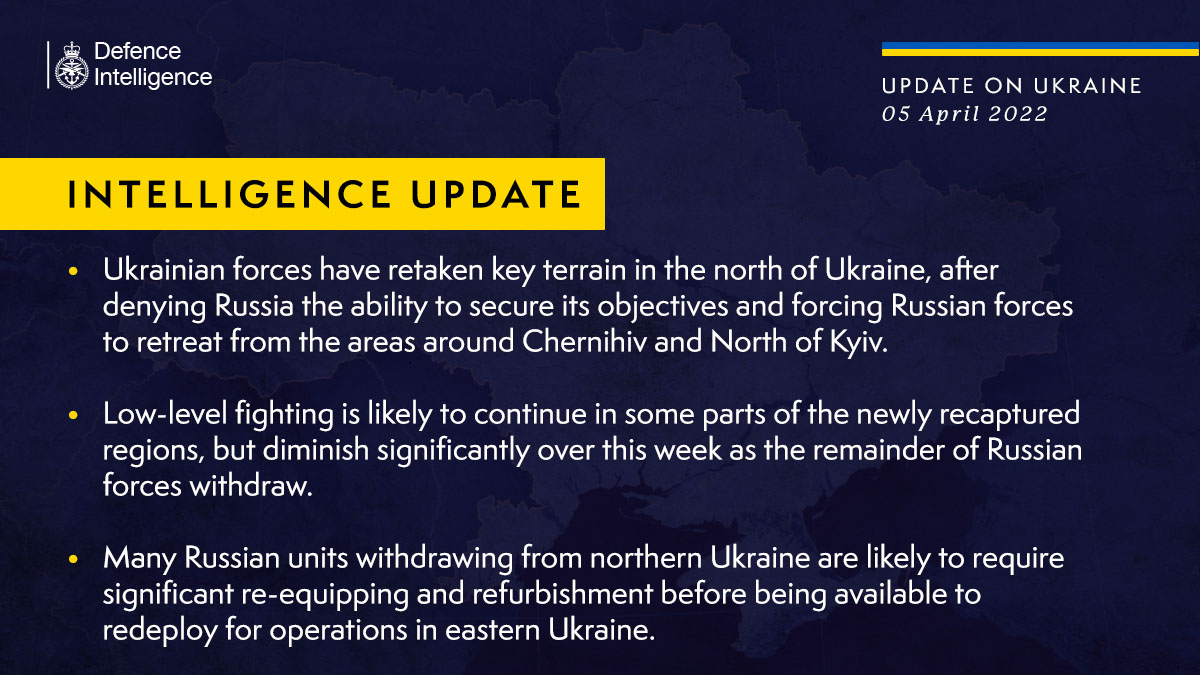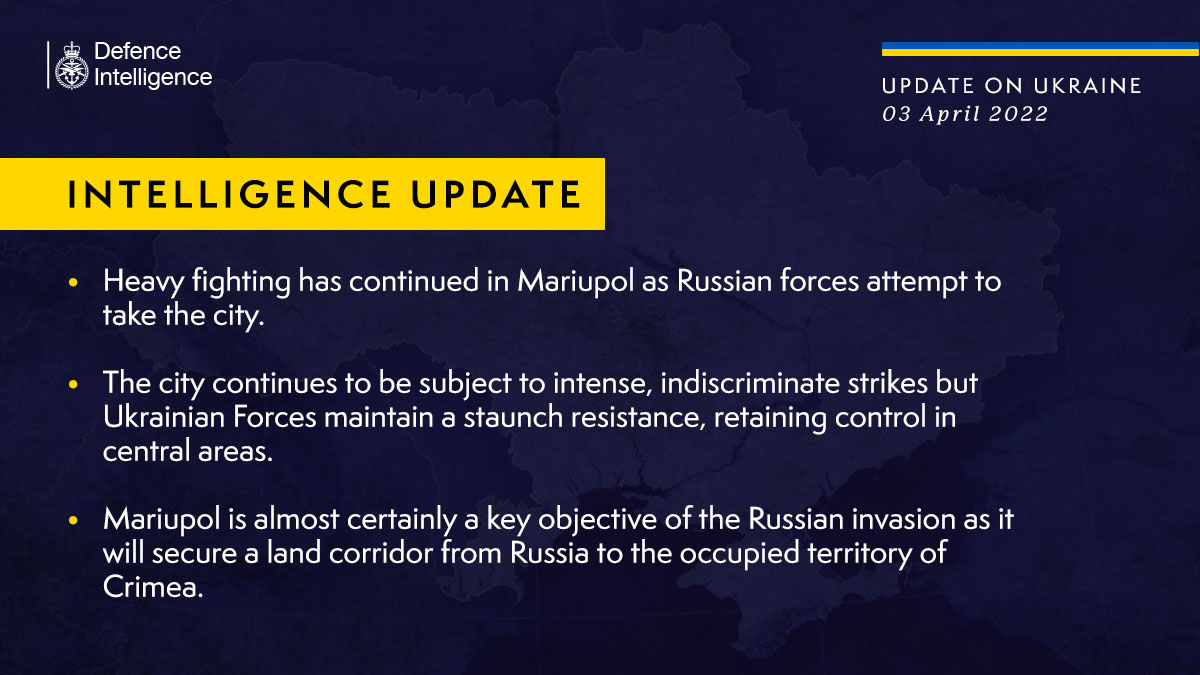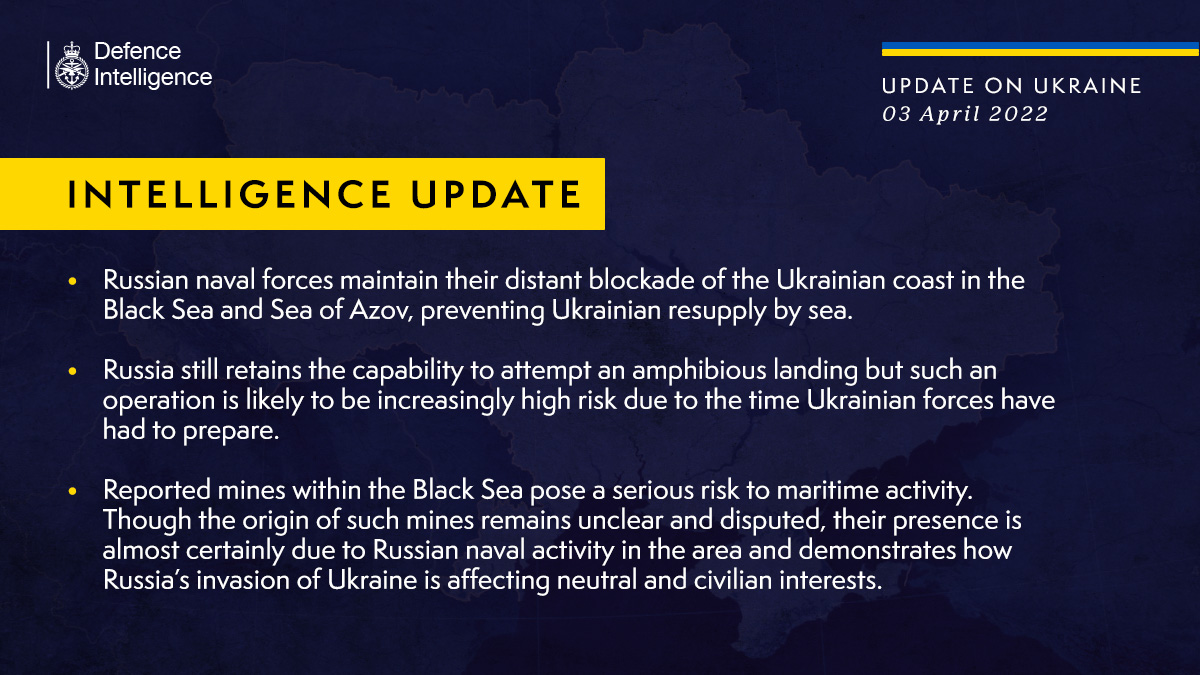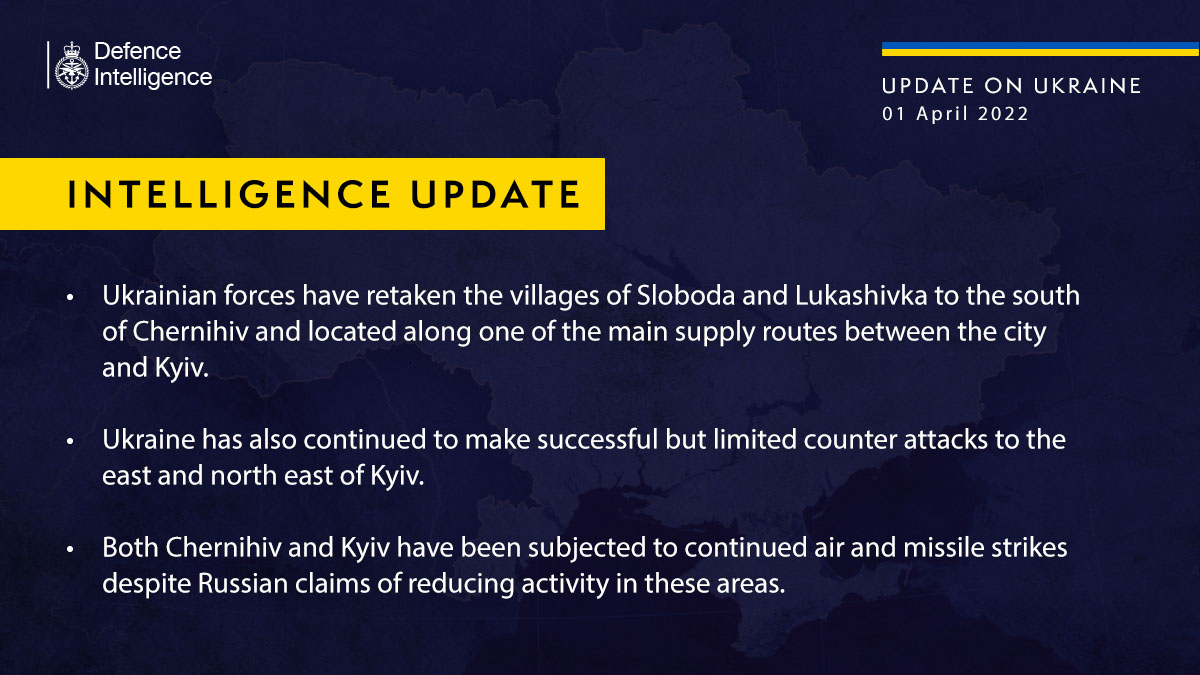
On this day 40 years ago, more than 100 Royal Navy ships and support vessels departed Portsmouth for the Falkland Islands to respond to the Argentine invasion.
Discover more about the conflict as we remember all those who served and died to defend the islands. #Falklands40 🧵
Discover more about the conflict as we remember all those who served and died to defend the islands. #Falklands40 🧵
🗓 2 April 1982
Argentine troops land on the Falkland Islands near the capital Stanley. The small garrison there is quickly outnumbered.
Argentine troops land on the Falkland Islands near the capital Stanley. The small garrison there is quickly outnumbered.
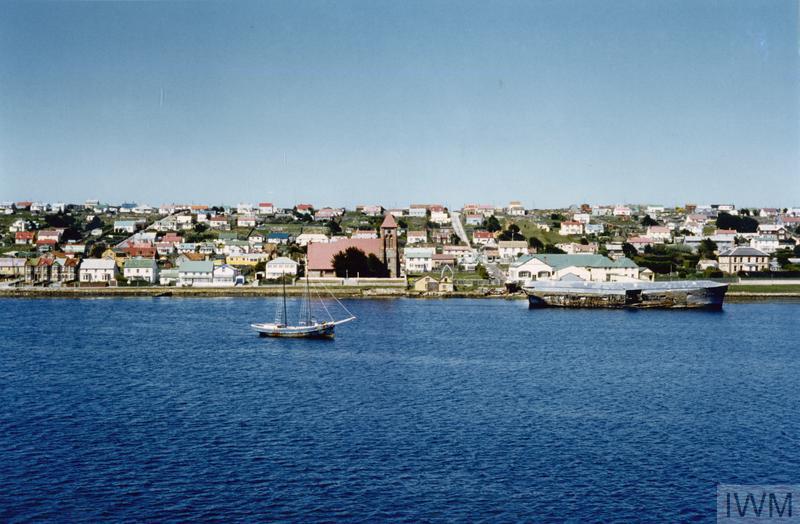
🗓 3 April 1982
The UN Security Council votes to demand an immediate withdrawal of Argentine forces from the Falkland Islands.
The UN Security Council votes to demand an immediate withdrawal of Argentine forces from the Falkland Islands.

🗓 5 April 1982
A fleet of more than 100 warships and support vessels departs for the Falkland Islands. Royal Navy ship HMS Invincible leads the task force.
A fleet of more than 100 warships and support vessels departs for the Falkland Islands. Royal Navy ship HMS Invincible leads the task force.

🗓 25 April 1982
Despite appalling weather conditions, the Royal Marines successfully recapture South Georgia.
Despite appalling weather conditions, the Royal Marines successfully recapture South Georgia.

🗓 2 May 1982
The Argentine cruiser Belgrano is sunk by Royal Navy submarine HMS Conqueror. It led to the first major loss of life of the conflict.
The Argentine cruiser Belgrano is sunk by Royal Navy submarine HMS Conqueror. It led to the first major loss of life of the conflict.

🗓 25 May 1982
Royal Navy destroyer HMS Coventry is bombed. 20 members of UK service personnel are killed.
Royal Navy destroyer HMS Coventry is bombed. 20 members of UK service personnel are killed.

🗓 28 May 1982
17 British troops are killed in the brutal Battle for Goose Green, including Lt Col Herbert Jones of The Parachute Regiment. He was later awarded the Victoria Cross.
17 British troops are killed in the brutal Battle for Goose Green, including Lt Col Herbert Jones of The Parachute Regiment. He was later awarded the Victoria Cross.

🗓 14 June 1982
Argentine forces surrender as the UK forces march into Stanley unopposed. 14 June, Liberation Day, is now the national day of the Falkland Islands.
Argentine forces surrender as the UK forces march into Stanley unopposed. 14 June, Liberation Day, is now the national day of the Falkland Islands.
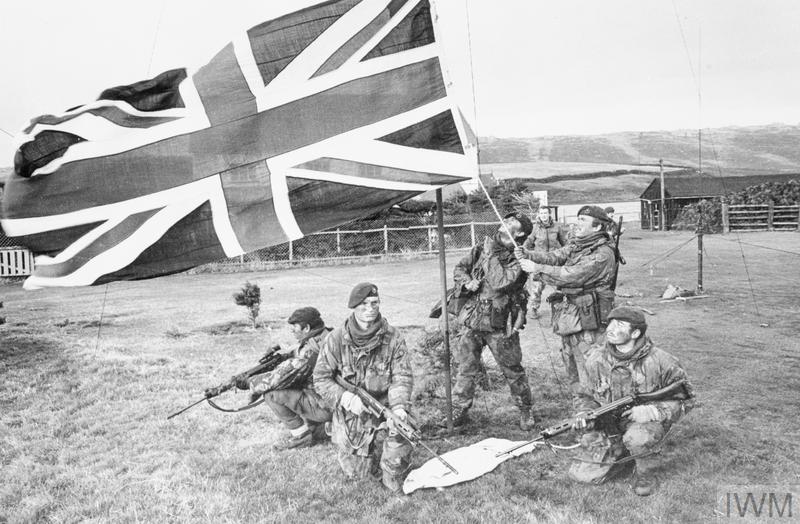
We will never forget the sacrifices made to protect the Falkland Islands.
The UK Armed Forces continue to protect the islands and their people.
#Falklands40
📷 With thanks to IWM.
The UK Armed Forces continue to protect the islands and their people.
#Falklands40
📷 With thanks to IWM.
• • •
Missing some Tweet in this thread? You can try to
force a refresh


